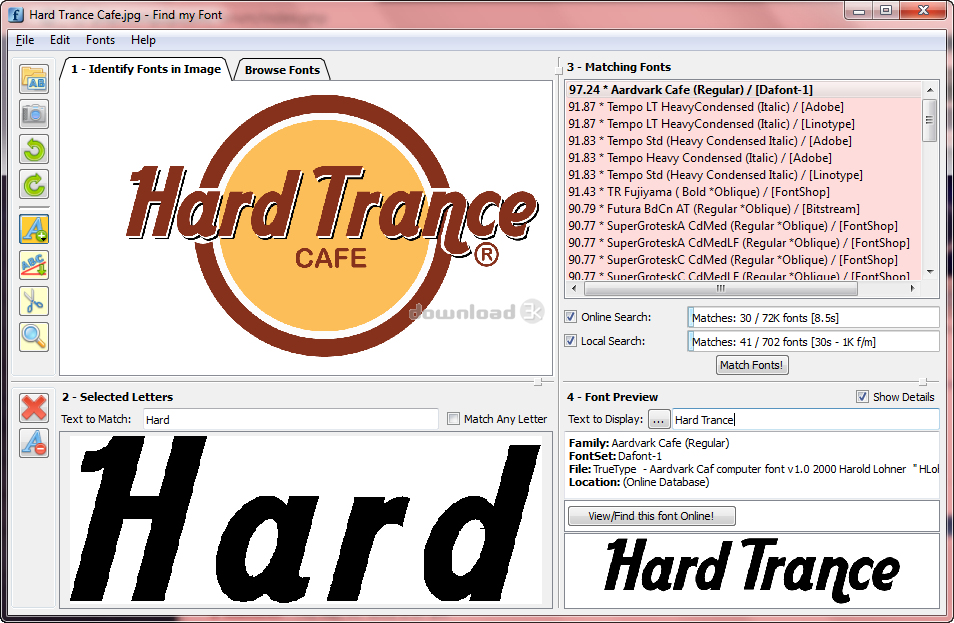
ttf file, and while the preview window is opened you can use it in most of the programs you'll launch (apart from a few exceptions like OpenOffice).
#WHERE WOULD I FIND MY FONT FILE FOLDER INSTALL#
Tip (for Windows XP/Vista, not Windows 7/8): if you occasionally need a font, you don't need to install it. There are some videos on YouTube if that helps. Although this method is laborious, it would seem that it functions better in some cases. in the Fonts folder menu then browse the fonts, instead of drag and drop the fonts into the window. You can also go through: File > Install a new font. You must first drag and drop it anywhere (for example on the desktop) then into the Fonts folder.
#WHERE WOULD I FIND MY FONT FILE FOLDER ZIP#
ttf from the zip window to the Fonts window. Note that with the internal unzip tool of Windows (unlike Winzip), you cannot install a font by a simple drag and drop of the. (can be reached as well by the Start Menu > Control Panel > Appearance and Themes > Fonts). fon) into the Fonts folder, usually C:\ Windows\Fonts or C:\ WINNT\Fonts So the last place I assume these fonts can be located is in the Fontconfig folder.Select the font files (.ttf. I find the font size too small in File Explorer in Win 11, but when I try to increase the font size, it does not seem to effect the font size in File Explorer. The fonts in question are not located in C:\windows\fonts either.

This method will make the font available not only to GIMP, but also to other Windows applications. Sometimes double-clicking on a font will install it as well as display it sometimes it only displays it. Unless you've done something creative, it's probably in its default location of C:\windows\fonts or C:\winnt\fonts. Once it’s open, locate the font you want to delete in the folder. To get there quickly, open a File Explorer window, paste the path C:\Windows\Fonts into the address bar at the top of the window, and hit Enter. The easiest way to install a font is to drag the file onto the Fonts directory and let the shell do its magic. First, navigate to the Windows Fonts folder. This fits with what the documentation says I haven't added any custom fonts, so that's OK.įor Windows, it also says this further down the page: The first folder is empty, and the second does not exist.

Font files, which have filename extensions such as. Default location for TrueType and OpenType fonts in macOS: System > Library > Fonts. It comes with lots of pre-installed fonts one example is the "Sans" font. Enter Fonts in the Windows search bar to open.


 0 kommentar(er)
0 kommentar(er)
